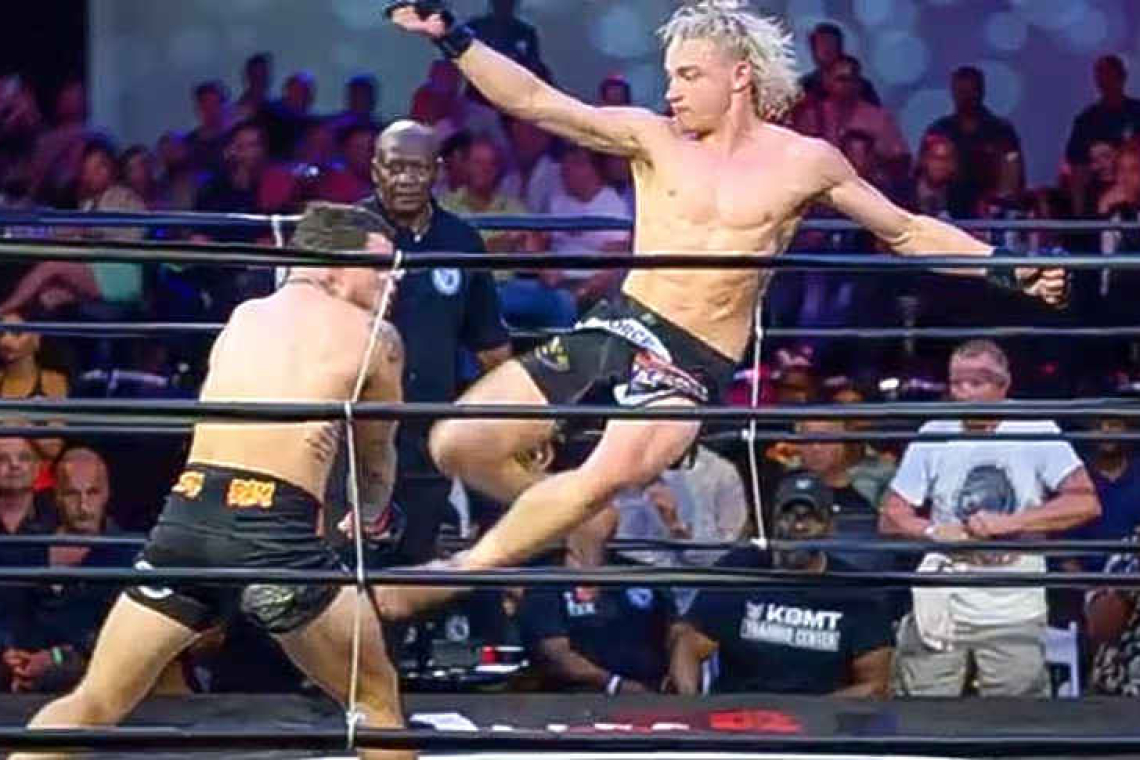By Dr. Colin Michie FRCPCH
Martial arts competitions attract us – these fights are intense, gripping and cinematic, in an age when gladiators are in short supply. This sport is growing too; it has many benefits. The risk of brain damage, however, needs consideration.
Our brains are soft, jelly-like structures, encased in membranes, or meninges, with a high blood flow. They use up to a fifth of the heart’s pumping volume to fuel their 100 billion or so neurons with their networks of connections and supportive glial cells. Blood enters the skull at high pressure through arteries, supplies the brain, then drains into veins. Small bridging veins stretch out of the brain across the meninges and into larger structures anchored beneath the skull – the dural sinuses.
These empty into the large veins of the neck. Brain cells bathe in cerebrospinal fluid, manufactured in the ventricles between its hemispheres. This fluid circulates at low pressure, is exchanged several times a day, and supports the growth, function, renewal and repair of brain tissues. These anatomies cushion the brain, allowing a little movement in response to forces involving the head. In motor racing, some drivers have withstood estimated forces of up to 50 times the force of gravity without developing brain injury.
Blows to the head are often harmful, though. Concussion – short-term, or mild trauma – is obvious to the audience of an MMA bout. Over 15% of MMA contests between men at professional or amateur levels result in knock-outs. Head strikes happen more than six times a minute in female bouts. Even when boxers felt well, with normal neuropsychological testing after a fight, samples of their cerebrospinal fluid or their blood contained proteins leaking from damaged brain cells.
These include specific tubular-associated unit proteins (or tau) that keep those long axons functioning and networked, so damage to brain cells cannot be reliably detected by a referee, or even a psychologist with a file of questionnaires, during or after a fight! And brain injuries occur in many contact sports, particularly American football, rugby, soccer, ice hockey, men’s lacrosse and water polo. Awareness of potential brain insults needs to be great among parents and coaches.
Head and neck trauma can cause bleeding into the brain. Bridging veins can be torn, resulting in venous blood collecting at the brain surface – a subdural bleed. These are more common in the elderly – not fighters – because bridging veins become stretched and vulnerable as the brain shrinks. Subdurals raise the lethality of serious head injuries sustained in judo fights. Bleeds can cause pressure changes inside the skull, requiring decompressive surgery to limit brain damage. Other rare, severe forms of head trauma include skull fractures and cerebral contusions.
Long-term damage or chronic traumatic encephalopathy (CTE) in boxers was described a century ago. MMA fighting also causes CTE – repetitive head blows are associated with a decrease in brain volumes on MRI scans, as well as damage to nerve connections. These abnormalities are linked to the amount of head trauma described by fighters. In boxers with CTE, some of their tau protein molecules become tangled within nerve cells, a situation also seen in early Alzheimer’s dementia. Over time, there may be changes in behaviour and cognition and memory, followed by problems with speech, gait disorders and depression. Some fighters suffer less than others – nerve cell protections vary widely between individuals – some of this is genetic.
For many weeks after boxing matches, those tau proteins continue to leak into cerebrospinal fluid. Similar patterns occur in American football players. Nerve healing after head injury is slow and is linked with inflammation. Therapies reducing inflammation seem to offer neuroprotection and may slow CTE in animal models. Providing the brain with nutrients such as fatty acids, or antioxidants, may improve sport-related brain trauma and is being intensely researched.
Traumatic brain injuries more commonly follow road traffic accidents, falls, violence and birth trauma. Sport-related injuries account for perhaps a tenth of the global burden. Whatever their cause, they can be fatal, or lead to life-changing disability – they cost societies greatly. Until research provides effective neuronal protection, prevention and management guidelines are crucial. Headgear for contact sports along with changes in regulations can make positive changes by reducing impacts. Could, for instance, head strikes be banned in junior boxing or MMA bouts? Might scoring systems in competitions be adjusted to reduce brain trauma?
There are many positive outcomes for those joining in competitive contact sports. Lakshman Beni described the passion and drives that have inspired him, as our St. Maarten MMA champion. Brain protections in sport are necessary and challenging – they need strong, steady, community support. In the case of road safety, for instance, motorcycle helmets were used less often in 2022 than 1982 – although less entertaining than an MMA competition, protecting neurons brings social benefits.
Dr. Colin Michie specializes in paediatrics, nutrition, and immunology. Michie has worked in the UK, southern Africa and Gaza as a paediatrician and educator and was the associate Academic Dean for the American University of the Caribbean Medical School in Sint Maarten a few years ago.
Useful resource:
https://www.cdc.gov/traumaticbraininjury/pdf/tbi_patient_instructions-a.pdf







